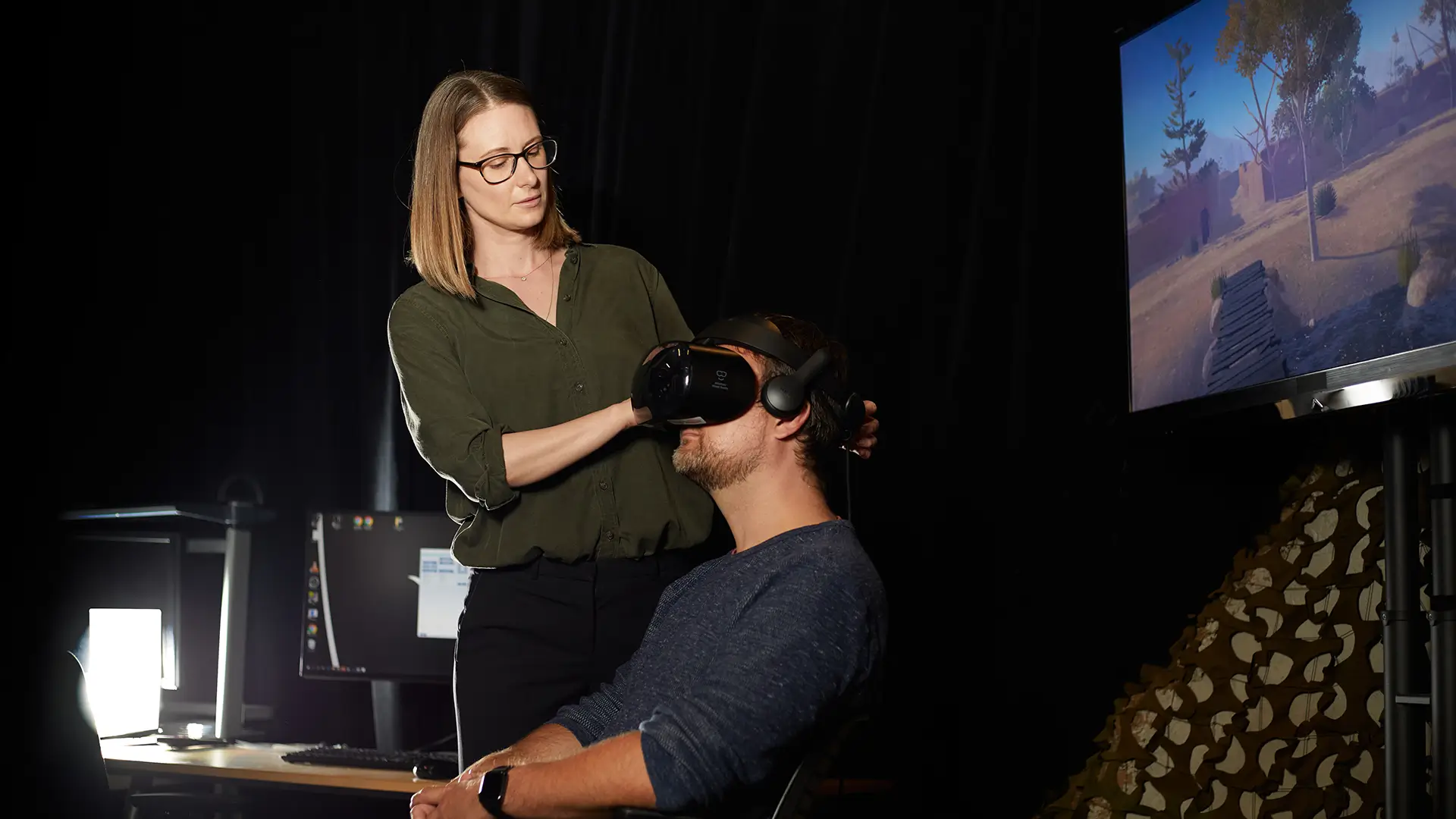In an effort to address the alarming rates of suicide among veterans, researchers at the University of Southern California Institute for Creative Technologies (USC ITC) have developed an innovative solution — an AI-driven virtual human companion app called Battle Buddy. The app, currently in its early stages of development, aims to provide much-needed support, assessment and intervention for veterans struggling with mental health issues.
Recent reports from the U.S. Department of Veterans Affairs indicate that the suicide rate among veterans was 57.3% higher than non-veterans in 2020. Nationally, the Centers for Disease Control and Prevention (CDC) reported 1.2 million suicide attempts that same year.
David Cobbins, a project leader at USC and a U.S. Army veteran, highlights the challenges faced by veterans in accessing mental health care.
“Especially on deployments, I saw issues with mental health,” he said. “The army provides resources, but people don’t always feel comfortable talking to mental health professionals or leadership.”
One of the major obstacles in Los Angeles, home to a significant veteran population of about 242,668 last census, is access to adequate care.
“There are multiple VA hospitals, but there just aren’t enough staff to actually help the large population we have here,” Cobbins said.
The Battle Buddy app aims to bridge this gap by utilizing AI technology to provide virtual companionship, suicide prevention messaging and crisis intervention. Users can interact with a virtual human, equipped with the ability to check in, establish rapport and connect individuals to appropriate care during a crisis.
Sharon Mogzai, Associate Director for Medical Virtual Reality at USC ICT, who leads the Battle Buddy project, explains the app’s impact. “This project aims to have an impact in three areas,” she said. “The first being assessment of the potential for suicidal ideation. The second is prevention of a suicidal crisis, and then, in the event of a suicidal crisis, timely and effective intervention.”
